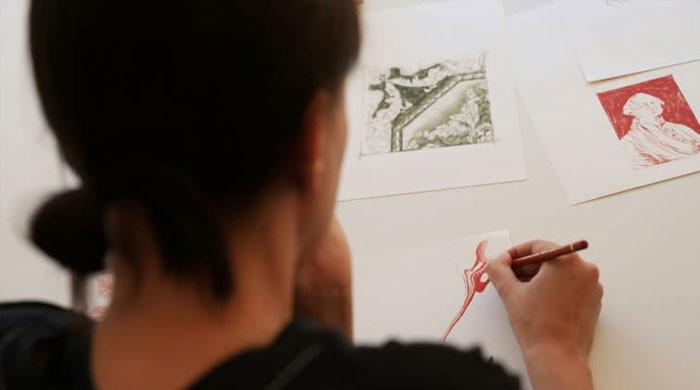The former house of the repressive dictator of Albania, Enver Hoxha, is now a dynamic creative space for young artists from around the world, marking the last stage of the country to free themselves from its authoritarian past, AFP reported.
Bruno Julliard, director of the Art Explora Foundation, praised the transformation, calling it a provocative gesture against the inheritance of censorship and repression which formerly defined the villa.
Formerly a “ghost villa” imbued with the dark history of the totalitarian regime of Albania, the former residence of Hoxha in Tirana is now a residence for artists from around the world.
This year, 22 artists from 15 countries will be welcomed in the villa, which still has its art and original socialist furniture. Among them, Genny Petrotta, an Italian artist and video researcher, who finds inspiration in the surrealist atmosphere of the house.
“Every day I wake up, I write my dreams because here I have absurd dreams,” she explained, noting that the house evoked “Macbeth” and “Hamlet” of Shakespeare, who explore power and revenge.
Previously known as “Villa 31”, the villa served as Hoxha’s family home for decades, in a strongly guarded area monitored by the secret police of the dictator.
The Hoxha regime was known for its harsh repression, forbidden religion, slowing down personal expression and imprisoning artists. Today, however, the area has changed, bars and cafes now replacing security control points.
Prime Minister Edi Rama, an artist himself, stressed the symbolic value of the new role of the villa. During the opening ceremony, he declared that it would create everything that Hoxha “despised” – a modern artistic center which would make the dictator “would run in his grave”.
Among the first residents, the Ukrainian artist Stanislava Pinchuk, who is captivated by the heavy atmosphere of the villa.
“Everything here exudes pain and tension,” she said, describing space as a testimony of the past and an artistic reflection platform on political events and human rights violations.




